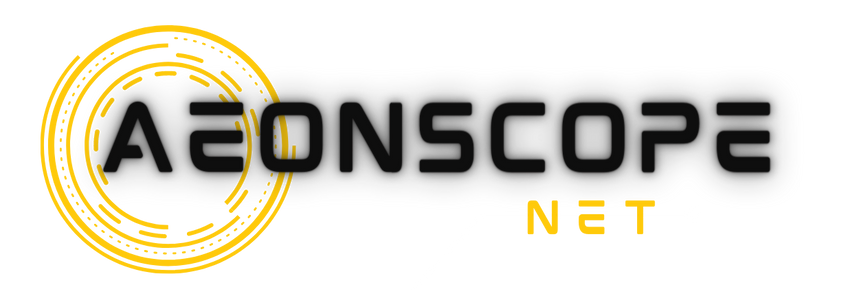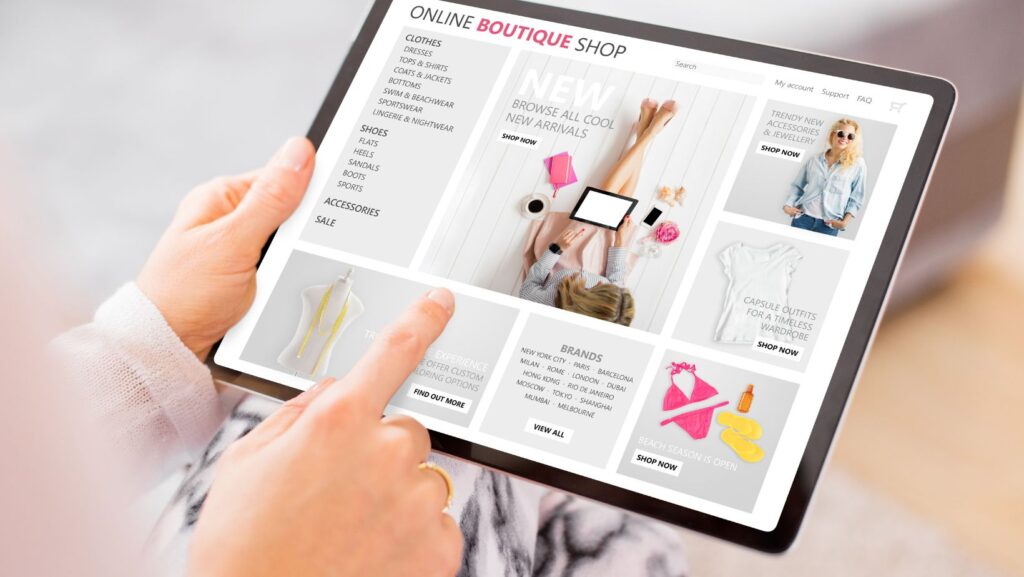In an era where online shopping is no longer a luxury but a necessity, fashion entrepreneurs and HR planners alike are turning to virtual storefronts to connect with consumers, build brands, and future-proof their businesses. Launching an online fashion store can be a thrill and a terror, especially when the stakes include balancing creativity, logistics, and user experience. Whether you’re a single founder or an HR department charged with scaling operations, the journey from concept to online catwalk takes more than a pretty website — it takes a thoughtful strategy.
Among the first and most important decisions on the way is selecting the right technical underpinnings. For many in the fashion industry, shopify store development services offer a sweet spot between design freedom and backend power. The services allow startups to focus on product and brand rather than spending months bogged down in development. Partners like DigitalSuits — a firm that focuses on combining creativity with emerging technology — are changing the way online fashion retailers are created, allowing founders to launch quickly without compromising on a high-quality user experience and scalability.
Understanding the Fashion E-Commerce Landscape
Fashion has never been fast, but the digital age has accelerated everything tenfold. With TikTok-fueled trends and AI-powered recommendations, the nature of engagement has changed. Today, shoppers expect instant gratification: they want fast load times, seamless navigation, and frictionless checkout flows — and if you can’t deliver them, they’ll move to the next tab.
For HR professionals and business leaders who are venturing into e-commerce, it’s a must-have to learn about this ecosystem not only in UX and design language but also in terms of operational efficiency, scalability, and customer retention. You are not just opening a website; you are building a living, breathing ecosystem of creativity, data, logistics, and human capital.
Branding: More Than Just a Logo
One of the biggest mistakes fashion entrepreneurs make is confusing visual identity with branding. A great logo and a strong color palette are just the beginning. True branding is storytelling, and in fashion, it’s generally highly personal. As you build your store, think of it as a platform for your brand narrative. What do you want people to feel? What values does your brand represent? Shopify development services for the store typically give customizable templates that can be leveraged to further brand identity, but you will have to take it upon yourself to bring uniformity to visuals, product copy, customer communication, and even the voice of your transactional emails.
User Experience (UX): The Silent Salesperson
UX isn’t just about aesthetics — it’s your best salesperson. A good user experience can mean the difference between a customer spending five minutes browsing and abandoning their cart, or clicking “purchase” and sharing the site with three friends.
When developing your store, pay attention to:
● Mobile responsiveness: A large portion of traffic comes from mobile users.
● Navigation simplicity: Menus, filters, and search bars should be intuitive.
● Page speed: Slow sites kill conversions.
● Visual merchandising: High-quality photos, video lookbooks, and 360° product views make a huge impact.
DigitalSuits often emphasizes the importance of UX testing during Shopify development — something many fashion founders skip. Don’t.
Inventory Management & Fulfillment: Behind-the-Scenes Brilliance
No matter how beautiful your store is, fulfillment is where the real magic (or chaos) happens. Efficient inventory systems, order tracking, and supplier relationships all feed into customer satisfaction. Shopify’s ecosystem includes plugins for inventory automation, real-time updates, and third-party logistics integration — but it’s important to set these up correctly from the start.
Here’s where HR comes in. As your brand grows, you’ll need to think about building an internal team or partnering with external vendors. Warehouse managers, operations coordinators, and customer service reps become just as critical as designers and marketers. HR professionals should plan ahead, building scalable job frameworks and clear SOPs to guarantee consistency across hires.
You’ve got your store live — now what?
Getting traffic is one of the biggest challenges for new fashion brands. Instagram and TikTok can be goldmines if used creatively, while email marketing remains one of the highest-ROI channels. SEO plays a long game but is vital for sustained organic growth. Paid advertising, particularly on Meta and Google, offers quick wins but must be handled strategically to avoid wasted spend.
Don’t underestimate the power of partnerships and UGC (user-generated content). Consider ambassador programs or collaborating with micro-influencers who genuinely love your style. Tip from experience: One brand I worked with saw a 40% boost in engagement after featuring raw, behind-the-scenes videos from their founder’s home sewing room. Authenticity resonates more than perfection.
The People Factor: Building the Right Team
Even the best tech stack won’t save a store with a broken culture or misaligned team. From the early days of two people wearing 12 hats, to growing into a 20+ person operation, your people are your greatest asset.
For HR professionals, this is familiar territory — but in fashion, the stakes are heightened. You’re dealing with creatives, logistics experts, customer service, and data analysts, often under tight deadlines and high emotional investment. Building a team culture that balances artistic freedom with operational discipline is a fine art in itself.
Consider roles you may need by year one:
● Content creators
● E-commerce merchandisers
● Data analysts
● Community managers
● Fulfillment/warehouse personnel
● Customer care reps
Tools like Shopify offer multi-user management and role-based permissions, allowing you to onboard new team members without compromising control.
Scaling Smart: From First Sales to Global Growth
Once you’ve got the engine running, scaling isn’t just about increasing ad spend. It’s about fine-tuning operations, expanding your product line thoughtfully, exploring international shipping, and possibly moving into physical retail pop-ups.
At this stage, having a solid technical partner like DigitalSuits becomes invaluable. They can help you implement new features, optimize performance, and build custom tools tailored to your needs. Whether it’s integrating AR for virtual try-ons or launching a mobile app, their development expertise makes your vision executable.
The Role of Customer Feedback
Last but not least, listen to your customers. Every review, abandoned cart, and support ticket holds a goldmine of insight. Use analytics not just to chase numbers, but to deeply understand behavior. Survey your audience, read between the lines, and iterate constantly.
Remember: your Shopify store isn’t static. It’s a living, breathing part of your business. The most successful brands evolve their sites just as often as they drop new collections.
Conclusion: Fashioning Success Online
Launching your dream fashion store online isn’t a one-time task — it’s a journey, equal parts creative and strategic. For HR professionals involved in this space, the intersection of people, process, and platform is where true success lies. With the right tools, the right team, and a development company like DigitalSuits to guide the way, your Shopify-based store can become more than just a retail platform. It becomes a brand ecosystem — one that resonates, scales, and thrives.
And when it all comes together — that first sale notification, that glowing review, that viral post — it feels a little like watching your dream walk down the runway. Only this time, it’s digital, and the audience is the world.




More Stories
Street Style Inspirations for Men This Season